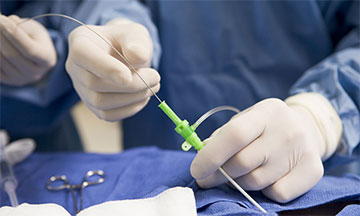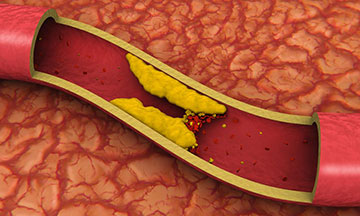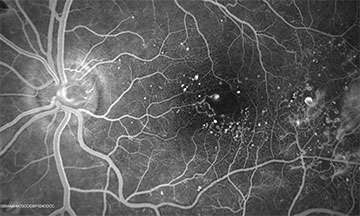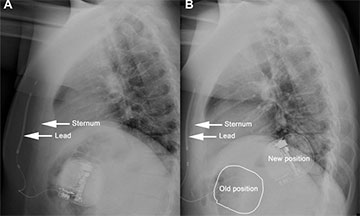After having the pacemaker fitted. It is very normal to feel tired for a few days. Recovery time varies person to person, in some cases most of the people are able to get back to their normal life quite early. The doctor suggests not to allow drive for at least a week.
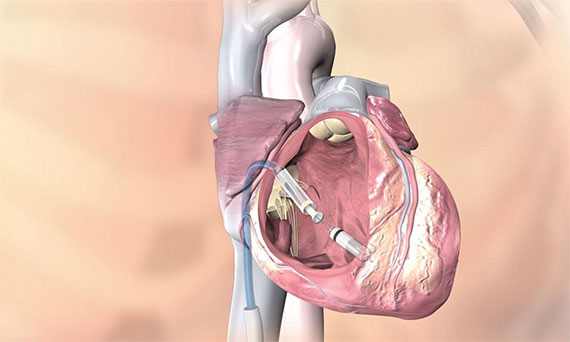
PACEMAKER, ICD, CRT/ CRT-D IMPLANTATION
A problem with the rate or rhythm of the heart called arrhythmia. A pacemaker is used to treat this problem. It is an electrically charged device placed in the chest to help in managing or controlling abnormal heart rhythm or irregular heartbeat. This device helps the heart to beat at a normal rate using the electrical pulses.
Sometimes it is used to help the chambers of the heartbeat in time also.
Generally, two types of arrhythmias are treated with a pacemaker. For too fast heartbeat tachycardia and for too slow heartbeat bradycardia. If a person has severe heart failure, the patient needs a special type of pacemaker called biventricular pacemaker. This bivalent makes the two sides of the heartbeat in sync called CRT (cardiac resynchronization therapy).
